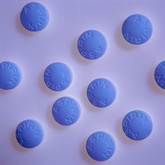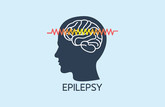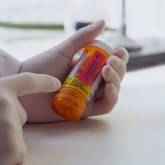Generics/Research
Call for drug pricing transparency
By 2023, pharmaceutical expenditure is expected to reach US$1.5 trillion [1]. This causes significant strain on healthcare systems worldwide and work is underway to bring pharmaceuticals’ spending down.
Effect of price caps and reference pricing on generics entry
In a study carried out by Brekke and co-authors on the impact of price caps in combination with reference pricing on generics entry was investigated [1].
Medicines pricing conditions in Italy and Brazil: comparison of regulations
In the context of the National Health Services (NHS), the gearing that moves the health services comprises a legal framework, permeated by technical and economic parameters.
Relevance of NTI to the treatment of epilepsy
In a mini review, author a Roy G Beran discusses what is the relevance of a narrow therapeutic index (NTI) to the treatment of epilepsy [1].
What is the meaning of a narrow therapeutic index?
What is the meaning of a narrow therapeutic index (NTI) is a topic explained by author Roy G Beran, in a mini review [1].
Consequences of generics being favoured by healthcare providers
Generics are favoured by healthcare providers due to a variety pf reasons, according to author Roy G Beran [1].
What is meant by a generic medication and generic equivalence?
Author Professor Roy G Beran, in a mini review, explains what generics are and what is meant by generic equivalence [1].
The cost of developing drugs and use of generics
In a mini review, author Professor Roy G Beran explains how generics can be produced at a much lower cost than originator drugs [1].
Re-evaluation of the use of generics, especially when treating conditions such as epilepsy
Regulatory bioequivalence rules for generics are well established and recognized. However, proving bioequivalence may not always be so easy, especially with drugs with a narrow therapeutic index (NTI) [1].
Repurposing generic drugs can save time and money
Repurposing generic drugs for new indications could save time and money compared to developing new treatments and represent a cost-effective way of addressing unmet medical needs, argues a new article by a University of Michigan professor [1].











